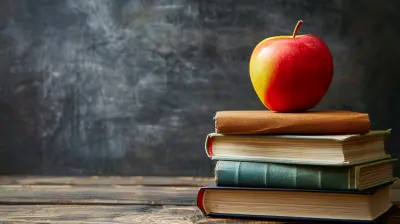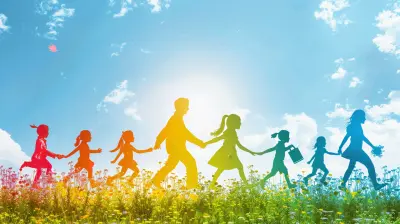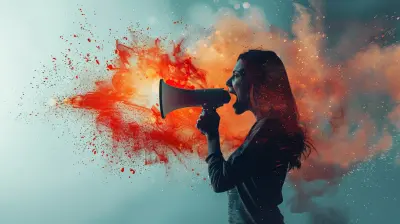The Connection Between Art and Literacy in Early Learning
22 July 2025
Art and literacy go hand in hand when it comes to early childhood development. From the first crayon scribbles to storytelling through pictures, children develop essential literacy skills through artistic expression. But why is this connection so powerful? How does drawing, painting, or sculpting help shape a child’s ability to read and write?
In this article, we’ll dive deep into the relationship between art and literacy in early learning, shedding light on why creative expression is more than just a fun pastime. 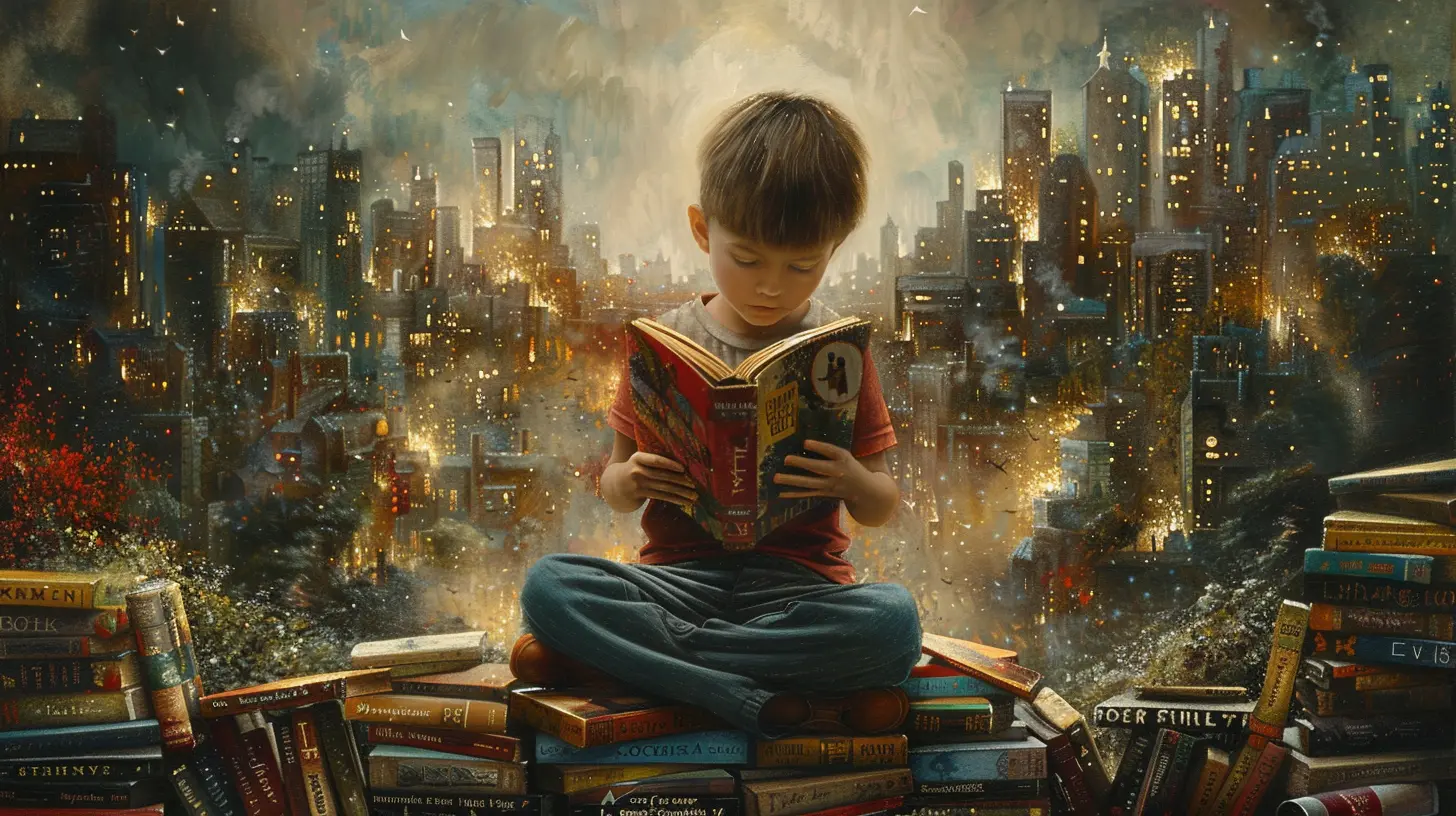
Why Art Matters in Early Childhood Development
Art isn’t just about making pretty pictures; it plays a crucial role in a child's cognitive, emotional, and motor skill development. When a child picks up a crayon, they’re not just doodling—they’re strengthening their hand muscles, refining their motor skills, and expressing ideas long before they can form written words.Think about it: before we could write essays or even sentences, we told stories through images. Our ancestors painted on cave walls, depicting their lives, emotions, and experiences. Similarly, children use art as their first language of expression—long before they grasp letters and words. 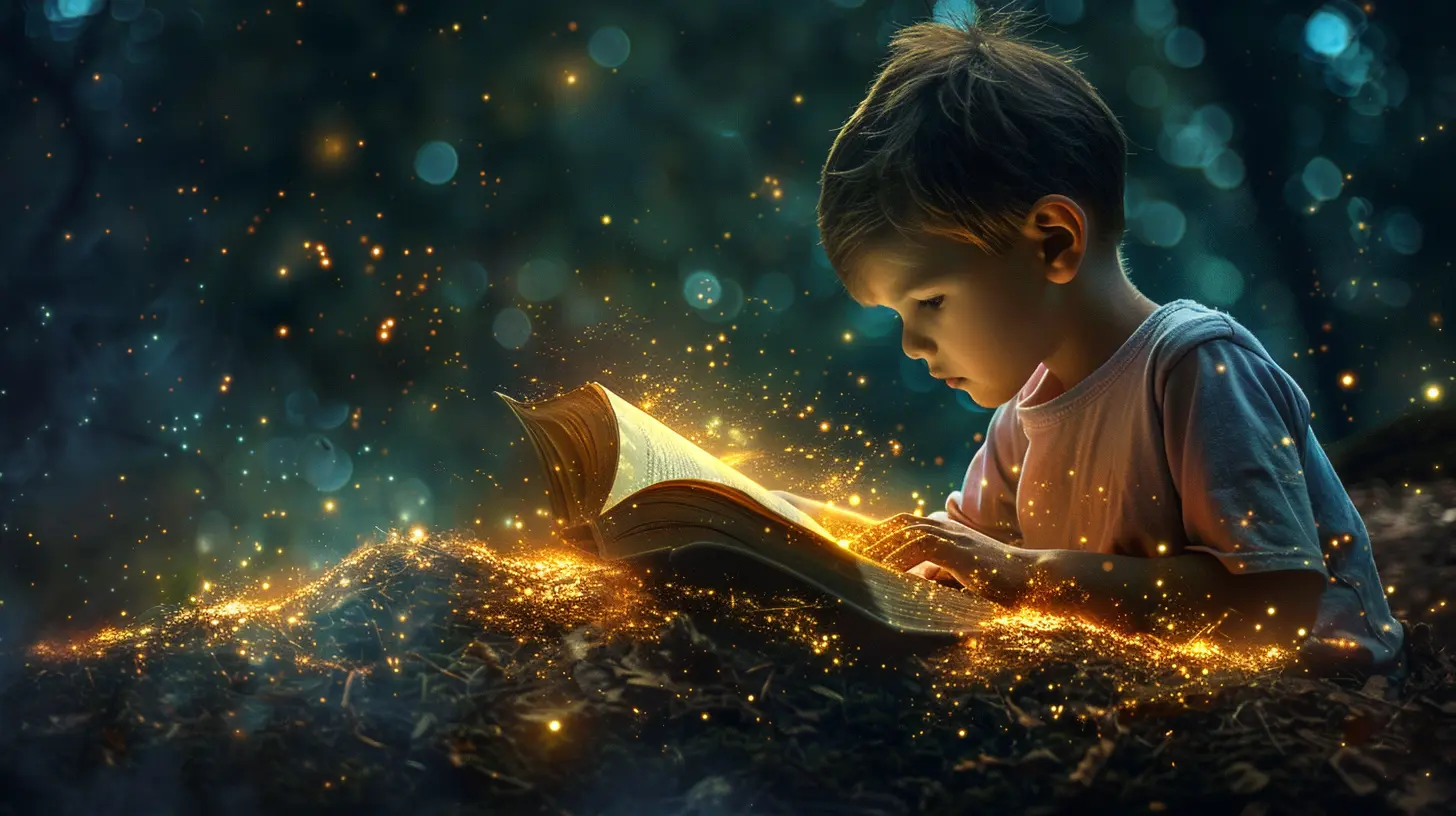
The Link Between Art and Literacy
1. Art Encourages Symbol Recognition
One of the first steps in literacy development is recognizing symbols and understanding that they carry meaning. Letters, after all, are just symbols that represent sounds and words.When kids engage in drawing or painting, they start associating shapes and images with real-world objects. A simple drawing of a house, for example, might just be a set of squares and triangles, but to a child, it represents home. This symbolic thinking is the foundation of written language.
2. Art Boosts Fine Motor Skills Needed for Writing
Ever watched a toddler struggle to hold a pencil? Writing requires well-developed fine motor skills, which don’t develop overnight.Artistic activities like coloring, cutting paper, molding clay, or even finger-painting help kids gain better control over their hands and fingers. These small yet significant movements prepare them for the precision required to form letters, hold a pencil correctly, and eventually write with confidence.
3. Art Sparks Imagination, Making Storytelling Easier
Writing isn’t just about forming letters—it’s about expressing ideas. Storytelling is a core literacy skill, and art provides the perfect platform for kids to create and tell their own stories.Encouraging children to describe their artwork helps them develop vocabulary, sentence structure, and narrative skills. A simple drawing of a family at the park can turn into a whole story about their day—who was there, what they did, and how they felt. These storytelling exercises lay the groundwork for reading comprehension and creative writing.
4. Visual Art Helps with Reading Comprehension
Illustrations in children's books aren’t just there for decoration. Pictures provide context clues that help young learners understand new words, making reading less intimidating.When kids create their own illustrations, they’re actively engaging with visual storytelling. This practice strengthens their ability to connect pictures with words, boosting comprehension skills that are vital for reading success.
5. Art Builds Confidence in Self-Expression
Many children struggle with expressing themselves through words, especially when learning a new language. Art provides a safe space for self-expression.By allowing kids to communicate their thoughts and emotions through drawings, they gain confidence in expressing ideas—an essential skill for both speaking and writing. When teachers and parents encourage this creative form of expression, children feel empowered to share their voices, both visually and verbally. 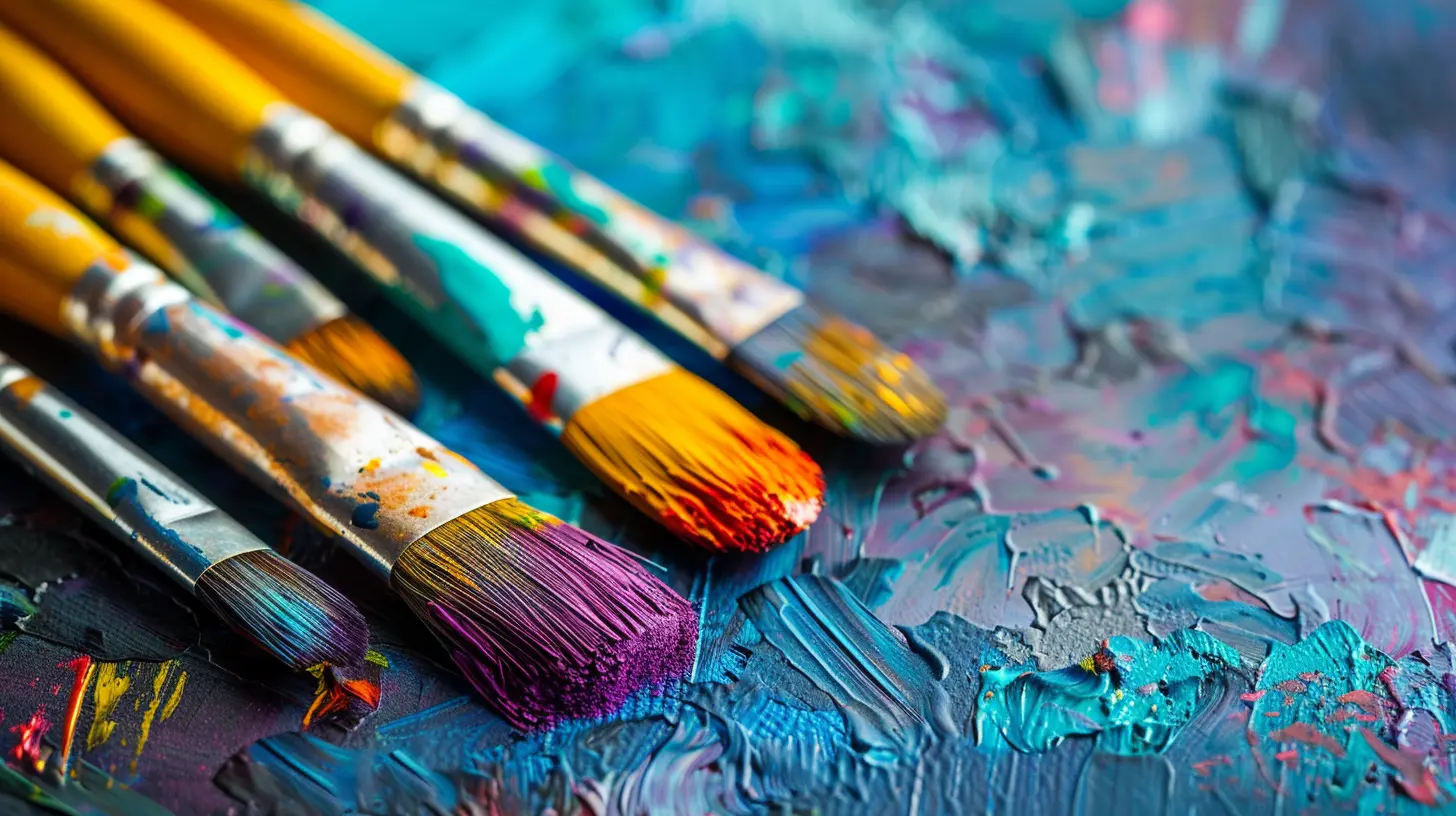
How to Integrate Art and Literacy in Early Learning
Now that we understand the strong connection between art and literacy, let’s talk about practical ways to integrate the two in early education. Here are some ideas:1. Picture Storytelling
Encourage kids to draw a picture and then describe what’s happening in it. Ask questions about the characters, setting, and actions to help them form a story.2. Interactive Book-Making
Have children create their own books by drawing pictures and dictating their stories to an adult who writes them down. Over time, they can start adding simple words themselves.3. Labeling Artwork
After finishing a drawing, help kids label the things in their artwork with simple words. This introduces them to letter recognition and word association.4. Drawing Based on Books
After reading a story, have children draw their favorite part and explain why they chose it. This helps with comprehension and encourages deeper engagement with the text.5. Act Out Stories with Art
Use puppets, masks, or even paper dolls that kids create themselves to act out stories. This helps reinforce storytelling and language skills in a fun and interactive way.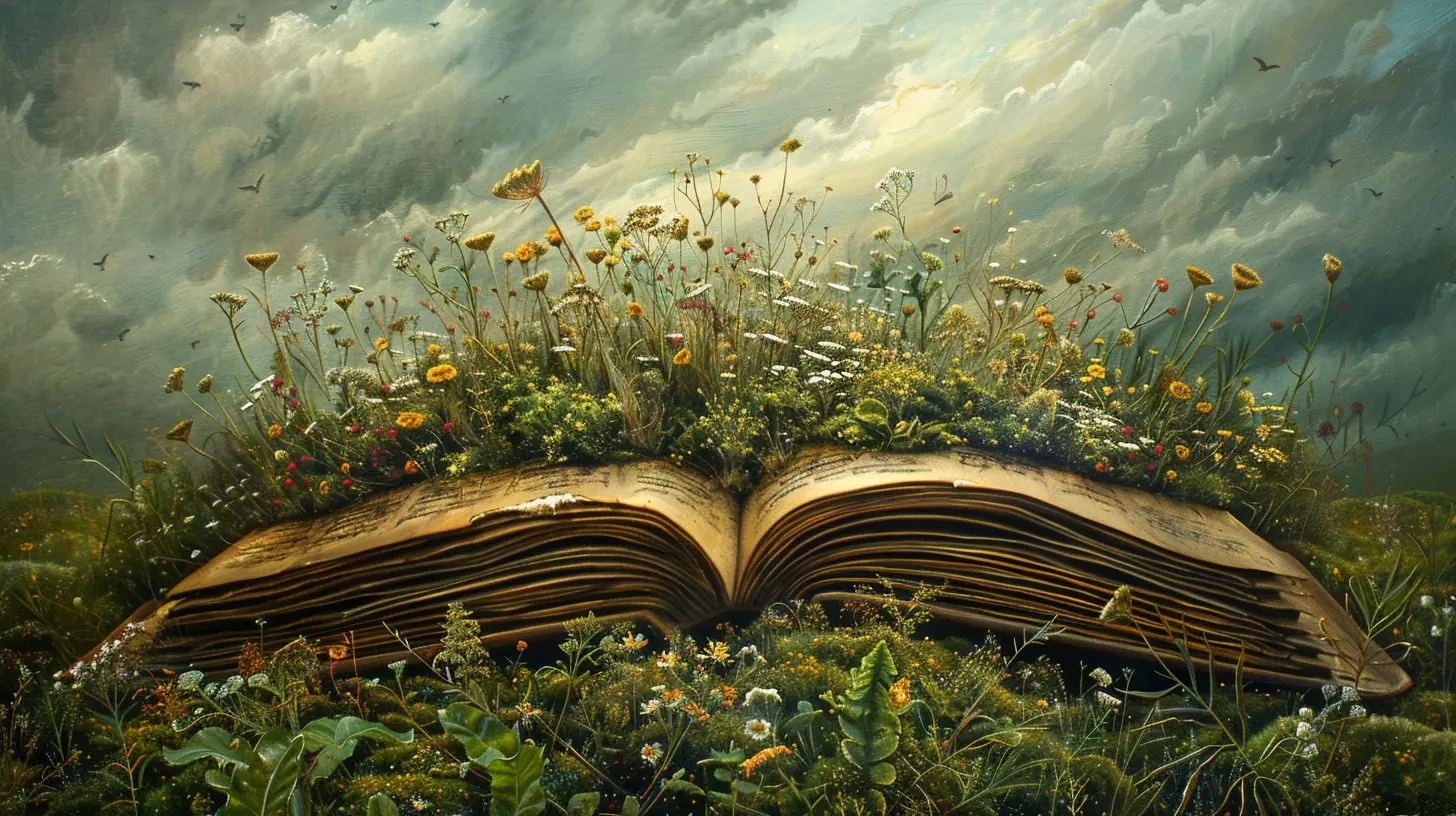
The Role of Parents and Educators
Parents and teachers play a key role in fostering creativity and literacy skills in children. Creating an environment rich in artistic and literary experiences ensures that kids develop a love for both.Ways to Encourage This Connection at Home and in the Classroom:
- Provide a variety of art supplies and encourage free expression.- Read picture books regularly and discuss the illustrations.
- Celebrate children’s artwork by displaying it and asking them to describe it.
- Create a dedicated art and reading corner where kids can explore both activities.
- Encourage storytelling through different mediums—drawing, painting, or even sculpting.
When kids see art and literacy as interconnected forms of communication, they develop a deeper love and appreciation for both.
Final Thoughts
Art and literacy aren’t separate subjects—they’re two sides of the same coin. Creative expression in early childhood learning isn’t just about making fun crafts; it’s about building the foundational skills needed for reading, writing, and effective communication.By integrating art into early literacy education, we’re providing kids with the tools they need to create, communicate, and thrive. So, next time a child picks up a crayon, remember—they’re not just drawing. They’re writing the first chapters of their literacy journey.
all images in this post were generated using AI tools
Category:
Art EducationAuthor:

Olivia Chapman
Discussion
rate this article
1 comments
Patrick Torres
This article compellingly highlights how integrating art into early literacy not only enhances language skills but also fosters creativity and critical thinking, crucial for holistic child development. Great insights!
August 4, 2025 at 3:25 AM

Olivia Chapman
Thank you for your thoughtful feedback! I'm glad you found the connection between art and literacy to be so impactful for child development.
